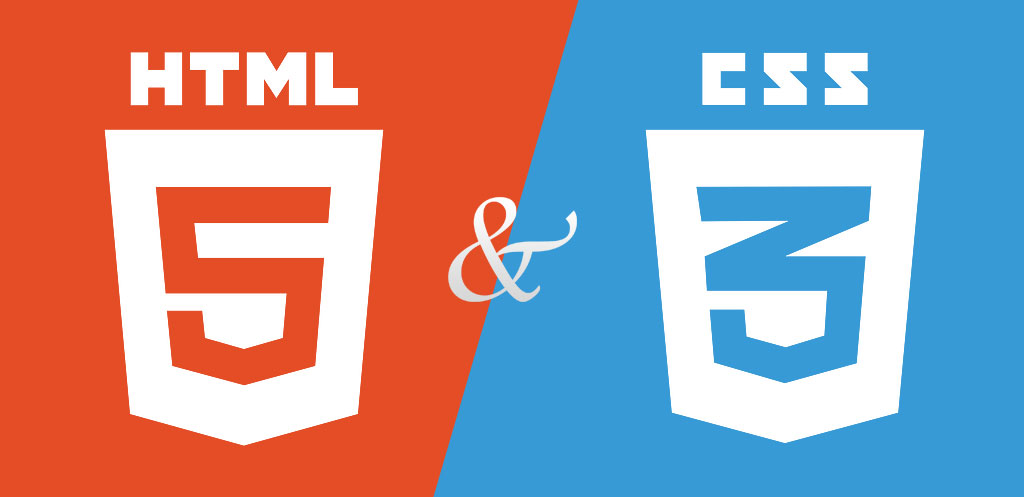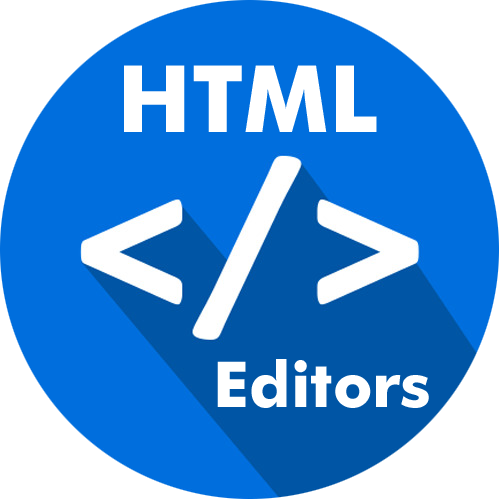HTML5 provides advanced features and multimedia capabilities, while CSS3 allows for precise control over the layout and design of web pages. By mastering these technologies, you can accelerate your career growth in the web development industry and create modern and engaging websites.
What exactly are CSS3 and HTML5?
HTML and CSS are the core language components that are used for the construction of web pages.
HTML describes the structure of the pages, primarily in regards to tables, text, headings, and images or graphics. It’s the standard programming language for the overall appearance of web pages.
CSS, on the other hand, is the language used for describing the presentation of each page, and primarily in regards to the layout, fonts, and colors.

HTML5
HTML5 is a revision of the HTML standard. It’s a massive improvement over HTML4 because HTML4 did not allow web developers to add features to their sites that were not HTML-supported. To do so required the use of proprietary technologies and the installation of browser plugins.
Subsequently, if web users did not have a device that supported the use of those proprietary technologies or plugins either, then they could not access the content. An example is how Safari on mobile Apple devices does not support the use of Adobe Flash.
The main purpose behind HTML5 was to remove the need for proprietary technologies and plugins. You can create offline applications, and include multimedia animations, audio, and video into your web pages without needing to download extra plugins to include said applications or multimedia.
CSS3
Web designers and developers use CSS3 and HTML to build and modify content on a web page. CSS lets you choose from different typographies, images, colors, tables, and much more to stylize a web page in a way that’s intuitive for users and aesthetically pleasing.
Without CSS, we wouldn’t have any way to position different elements on a web page — CSS lets you use values like ‘fixed’ and ‘absolute’ to position a web page’s visual components.
CSS3 is simply the updated version of an earlier version of CSS (CSS2). It has many important improvements and features that help improve your web presence and are now being utilized in modern browsers, including:
- Allowing third-party videos to be viewed without the installation of third-party plugins
- Making it easier to install graphics on a web page
- Allowing the presentation of content in multiple columns
- Enabling a precise positioning of all navigable elements in a web page
- Adjusting the white space of a document
